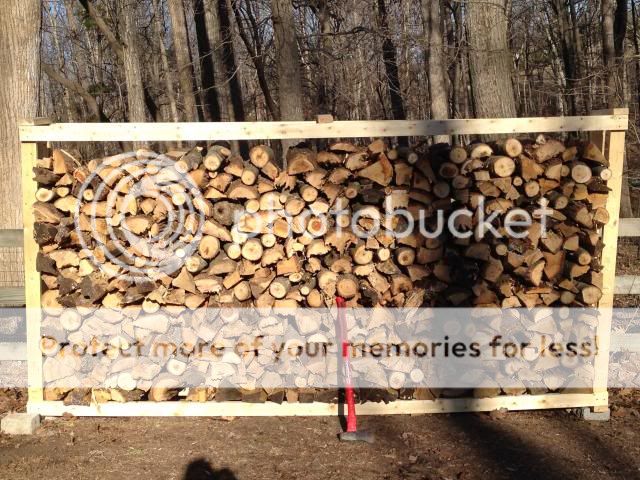Here in NC we had a nice sunny and 75 day, so I stacked my first row of splits and small rounds after work. 12 feet long and 6 feet high.
It's a mix of red and white oak, and some poplar. While this waits for 2015's winter, I was wondering what are some woods I should be on the lookout for that will season for next years winter?

It's a mix of red and white oak, and some poplar. While this waits for 2015's winter, I was wondering what are some woods I should be on the lookout for that will season for next years winter?


